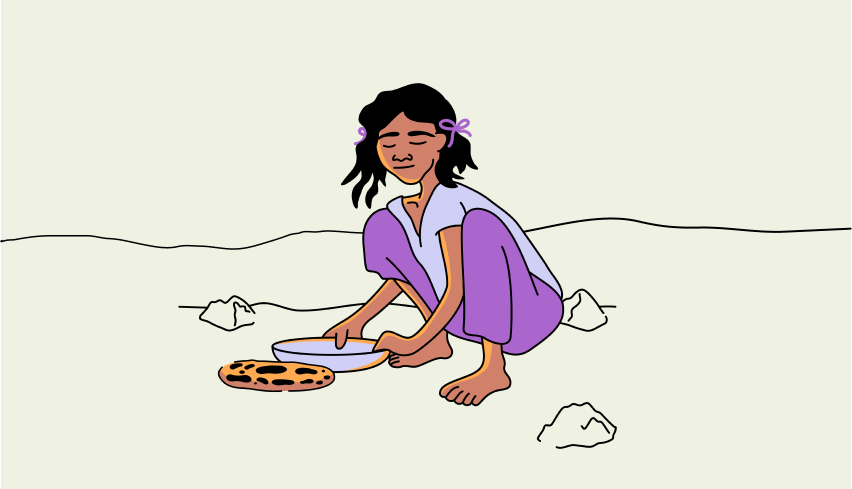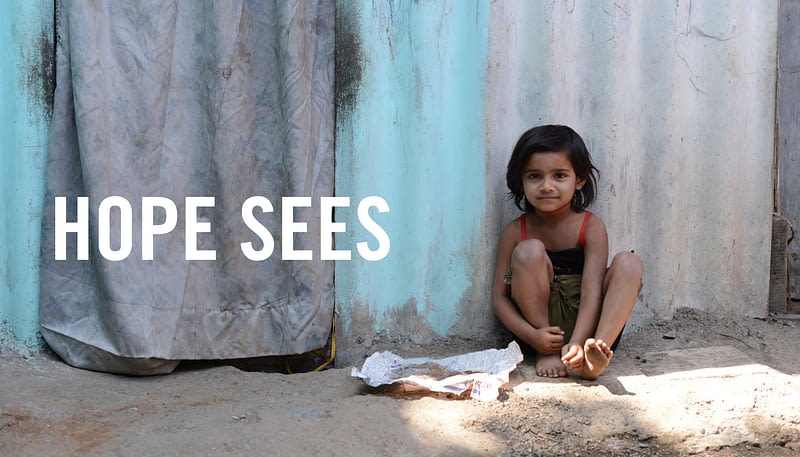One of our core values at SOS is to see. You probably don’t know of many organizations with that as one of their core values, although when I explain it you will find it is common, just not called out. This value is really important in the work we do, whom we do that work with, and how we do that work. Let me explain.
Most of the time we work in chaotic and messy environments. It’s these environments that put children at risk. It is critical that in these places we see the children first and foremost. They have value and worth beyond their circumstances and their real identity and potential have been taken away and redefined. When you walk into a red-light district, for example, it’s always in a terrible part of a town. You find women and little girls whose worth is defined by how much money a man will pay to sleep with them. Over the years we’ve rescued thousands of them and now we have children who were born into a cycle of abuse, with no future in sight, graduating from college and work in all kinds of industries. The potential was there, but only came to life once someone saw it!
These children were born or thrust into these environments. They are not there as a consequence of the choices they made. Imagine children born into a place with famine or a lack of access to clean water. Many are born into communities where education is simply not available. These factors limit the potential of a child’s life.
The value of “seeing the child first” is a critical component to who our local partners are and how we choose to work with them in the first place. I can’t overstate how much we lean on this as a deciding factor. You can tell a lot about people by bringing broken and abused girls trapped in prostitution into their circle. Do they worry about how it will affect them and theirs? (It is a messy, painful process to walk alongside a person who is as broken as these girls are.) In contrast, is their first reaction to embrace, receive and instill confidence of belonging to the girl? That is a potential partner who sees a child.
Secondly, after seeing the children, we want to see and understand the environment that puts them at risk. No solution can be effectively executed without understanding the problem. We want to see who is already working here to alleviate problems and learn from them. Often the basic make-up of these environments is similar. What isn’t similar is how the culture in which it is found views the people and the factors surrounding them. This cultural view can only be learned from someone already in the culture.
Cultural views can be the biggest stumbling block in executing effective outreach. Without understanding them, we will have a hard time developing a local strategy that actually helps children.
We also spend a lot of time, effort and resources trying to document through videos, blog spots, conversations, and publications that communicate to our donors what the environment is like. We want them to see the children and the challenges they face and understand the role they play in this process.
Thirdly, we seek to see beyond the current reality. To envision the places where children are at-risk, being transformed into places where the greatest potential is realized for a child. Whether solutions are as simple as providing basic needs like food and water – or much more complicated like rescue and rehabilitation or community development – we have to see the vision in order for it to come to life. Seeing how, and with whom to execute strategies of help is critical to the transformation of these environments.
Learn more about SOS International:
About Us
Our Values






